This guide will explore this intriguing topic, providing valuable insights for gardeners eager to incorporate these stunning vines into their shady spaces.
Understanding Clematis Varieties
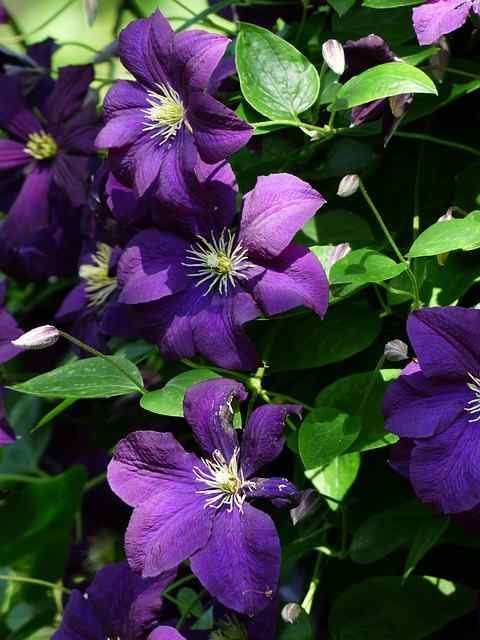
Before delving into the specific needs of clematis, it’s essential to recognize that not all clematis varieties are created equal. There are over 300 species, each with distinctive needs regarding sunlight, soil type, and moisture levels. When considering growing clematis in shade, understanding the particular varieties that are tolerant of lower light conditions becomes crucial.
What Types of Clematis Prefer Shade?
Some clematis species are more forgiving when it comes to light conditions. The following varieties are often recommended for shady gardening:
Clematis montana:
This vigorous grower is a great choice for shadier settings. Known for its aromatic flowers and fast growth habit, it can spread quickly, covering walls or fences with delight.
Clematis ‘Jackmanii’:
A classic clematis, ‘Jackmanii’ can tolerate some shade. While it won’t produce as many blooms in deep shade, it can still bring life to more sheltered areas.
Clematis ‘Betty Corning’:
This variety is a charming, smaller-flowered clematis that loves partial shade. Its soft lavender blooms provide a gentle touch in shaded gardens.
Clematis ‘Nelly Moser’:
Known for its striking two-toned flowers, ‘Nelly Moser’ can also handle partial shade. The unique coloration of its blooms can brighten up darker corners of your garden.
The Importance of Light
While many clematis plants can adapt to partial shade, it’s crucial to understand the role light plays in their overall health. Sunlight influences photosynthesis, blooming patterns, and overall vigor. A general rule is that most clematis prefer at least 4-6 hours of sunlight per day, but this can vary significantly among species.
What Constitutes ‘Shade’?
Shade is often categorized into three types:
Full Shade: No direct sunlight. Generally found under dense canopies of trees or on the north side of buildings.
Part Shade: Receives filtered sunlight for part of the day. This light can come from overhead trees, providing speckled light patterns.
Dappled Shade: A mixture of light and shade. Often found under deciduous trees where sunlight filters through with breaks throughout the day.
For clematis, the type of shade impacts its growth and flowering capabilities. While many may survive in full shade, most will flourish better in part shade or dappled sunlight, producing more vibrant blooms.
Soil Considerations for Shaded Areas

Soil quality is a fundamental aspect of growing clematis, especially in shaded environments, where competing roots may limit their growth. Well-drained, loamy soil enriched with organic matter is ideal.
Testing Soil Drainage
Clematis roots dislike soggy conditions. Test your soil’s drainage by digging a small hole and filling it with water. If the water drains away in less than an hour, you have well-drained soil. If not, you may need to amend your soil or enhance drainage methods, especially in shaded areas where moisture tends to linger.
Enhancing Soil Quality
In shaded areas, adding organic matter like compost or well-rotted manure can improve soil structure and nutrients. This amendment often enhances soil aeration and improves moisture retention, providing an ideal environment for clematis roots.
Watering Needs in Shadier Conditions
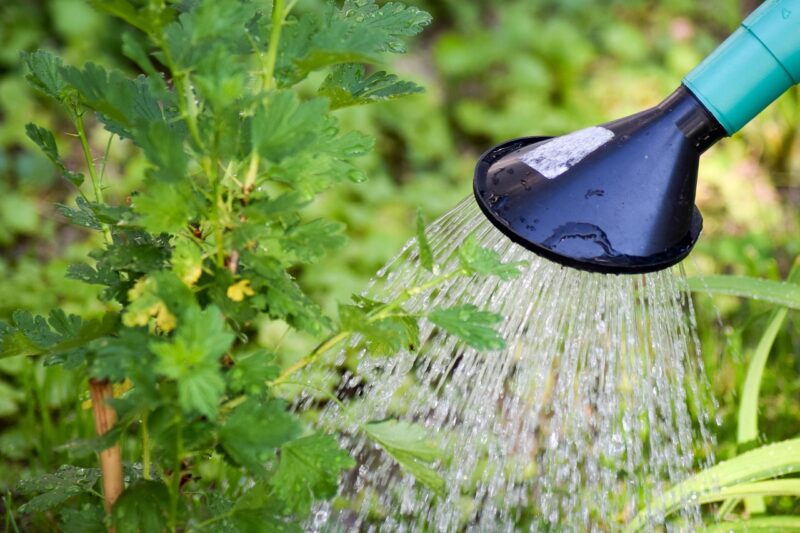
Clematis generally requires consistent moisture but is vulnerable to overwatering, particularly in shaded areas where evaporation rates are lower. Understanding how to balance moisture in these conditions is vital:
Watering Best Practices
Monitor Soil Moisture: Check the top inch of the soil; if it feels dry, it’s time to water. Deep watering encourages the roots to grow downwards, making the plant more resilient.
Mulching: Applying a layer of organic mulch around the base can help retain moisture and keep the roots cool, a boon for clematis in shade.
Signs of Stress
Pay close attention to your clematis for signs of stress, which may manifest as wilting, yellow leaves, or stunted growth. Adjusting your watering practices in response to these signs can help maintain their health.
Choosing the Right Planting Location
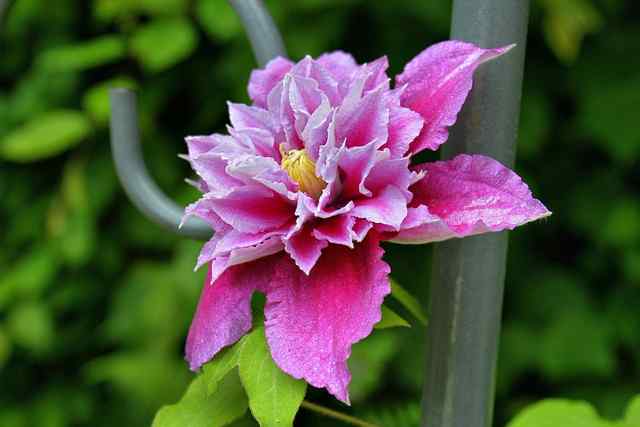
Location matters significantly when cultivating clematis in shaded spaces. Certain areas within your garden may be more conducive to healthy growth than others.
Evaluating Potential Sites
Proximity to Trees: While trees provide shade, their roots can compete with clematis for nutrients and moisture. Consider planting your clematis at least a few feet away from mature trees’ bases.
Reflective Surfaces: Areas adjacent to walls or fences can create a microclimate, reflecting sunlight and warmth, which might be beneficial for clematis.
Creating a Friendly Environment
Installing a trellis or supporting structure can help expose your clematis to higher air circulation and potentially more light. Even in shaded areas, climbing can sometimes bring the plant into brighter zones.
Pruning Clematis in Shade
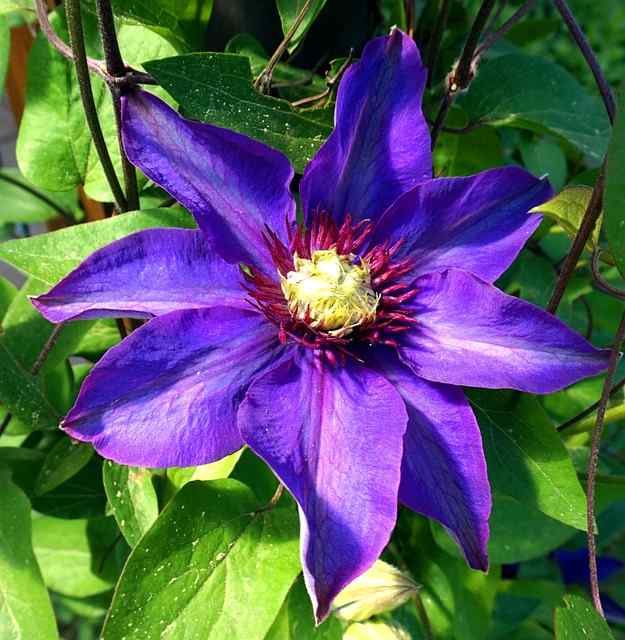
Proper pruning is essential for healthy growth and blooming, regardless of sunlight exposure. However, the timing and methods vary significantly among different species. Understanding the specific variety you’re growing is paramount.
Understanding Pruning Groups
Clematis is usually categorized into three pruning groups:
Group 1: These bloom on last year’s growth. Prune immediately after flowering.
Group 2: These bloom on both old and new wood. Prune lightly in early spring.
Group 3: These bloom on the current year’s growth. Prune back hard in late winter or early spring.
If you’re growing clematis in shade, knowing the right pruning technique can boost your plant’s performance, even in less-than-ideal conditions.
Encouraging Vigor
In shaded areas, regular pruning can help stimulate new growth, improving airflow and reducing the risk of fungal diseases. Always utilize clean, sharp tools, making your cuts at a 45-degree angle to promote quick healing.
Troubleshooting Common Issues
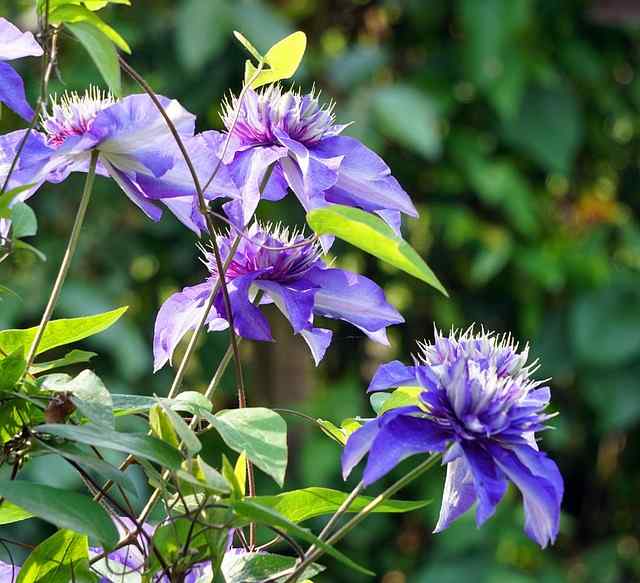
Cultivating clematis in shade doesn’t come without challenges; however, understanding potential issues can pave the way for proactive solutions.
Fungal Diseases
In shaded environments, increased humidity can lead to fungal problems. Common issues include:
Powdery Mildew: A white powdery substance on leaves indicating excess moisture.
Crown Rot: Caused by waterlogged conditions, leading to root deterioration.
Remedies
Ensure good air circulation: Prune excessively dense growth to allow light and air to circulate.
Use a fungicide if necessary: While prevention is ideal, treating a fungal issue promptly can save your plant.
Pests
Although pests aren’t a significant issue for most clematis, certain insects such as aphids can occasionally target clematis in shaded areas. Regular inspection and organic pest control methods can help manage infestations effectively.
Companion Planting Ideas for Shady Gardens
Enhancing the beauty of your clematis in shade can be accomplished by incorporating companion plants that share similar light, soil, and watering preferences. Some ideal companions for clematis in shade include:
Shade-Loving Perennials
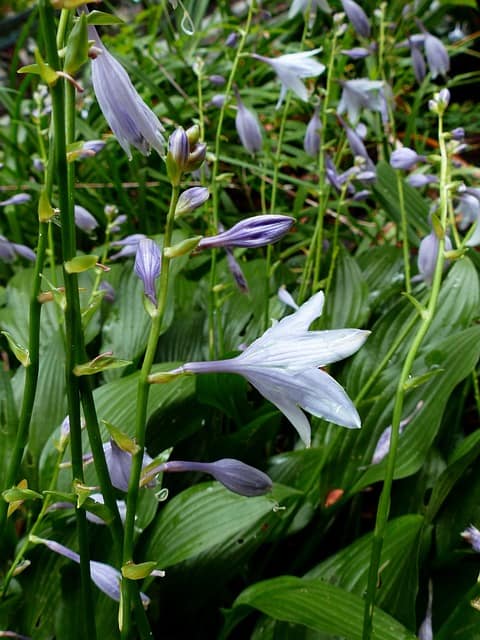
Hostas: Their attractive foliage can provide a lush backdrop for clematis.
Astilbe: Adds feathery plumes of blooms in various colors, complementing the clematis flowers beautifully.
Ground Covers
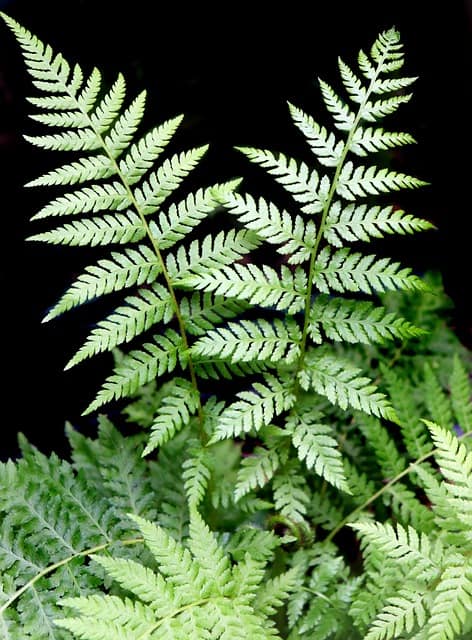
Ferns: Their delicate fronds create a wonderful soft appearance around the base of clematis.
Ajuga: The low-growing bugleweed can create a carpet effect, adding contrast and texture.
Creating a diverse planting palette enhances the visual appeal of your garden while providing beneficial microclimates.
The Seasonal Beauty of Clematis

One of the most rewarding aspects of growing clematis is the endless variety of blooms throughout the seasons. Different species will flower at various times, adding continuous beauty to your garden.
Bloom Times
Early Spring Bloomers: Varieties such as Clematis alpina showcase early blooms, signaling the arrival of spring.
Summer Beauties: Many hybrids, including ‘Jackmanii’, provide vibrant blooms during the peak summer months.
Autumn Marvels: Late bloomers like ‘Sweet Autumn’ add color when many other plants are winding down.
By selecting clematis varieties that bloom at different times, you can ensure a dynamic and ever-changing garden.
Final Thoughts on Growing Clematis in Shade
In conclusion, while clematis is traditionally associated with sunlight, many varieties can thrive beautifully in shaded conditions. Understanding the specific needs of each type, providing the right soil, watering, and pruning practices can make all the difference in ensuring healthy and vibrant growth.





